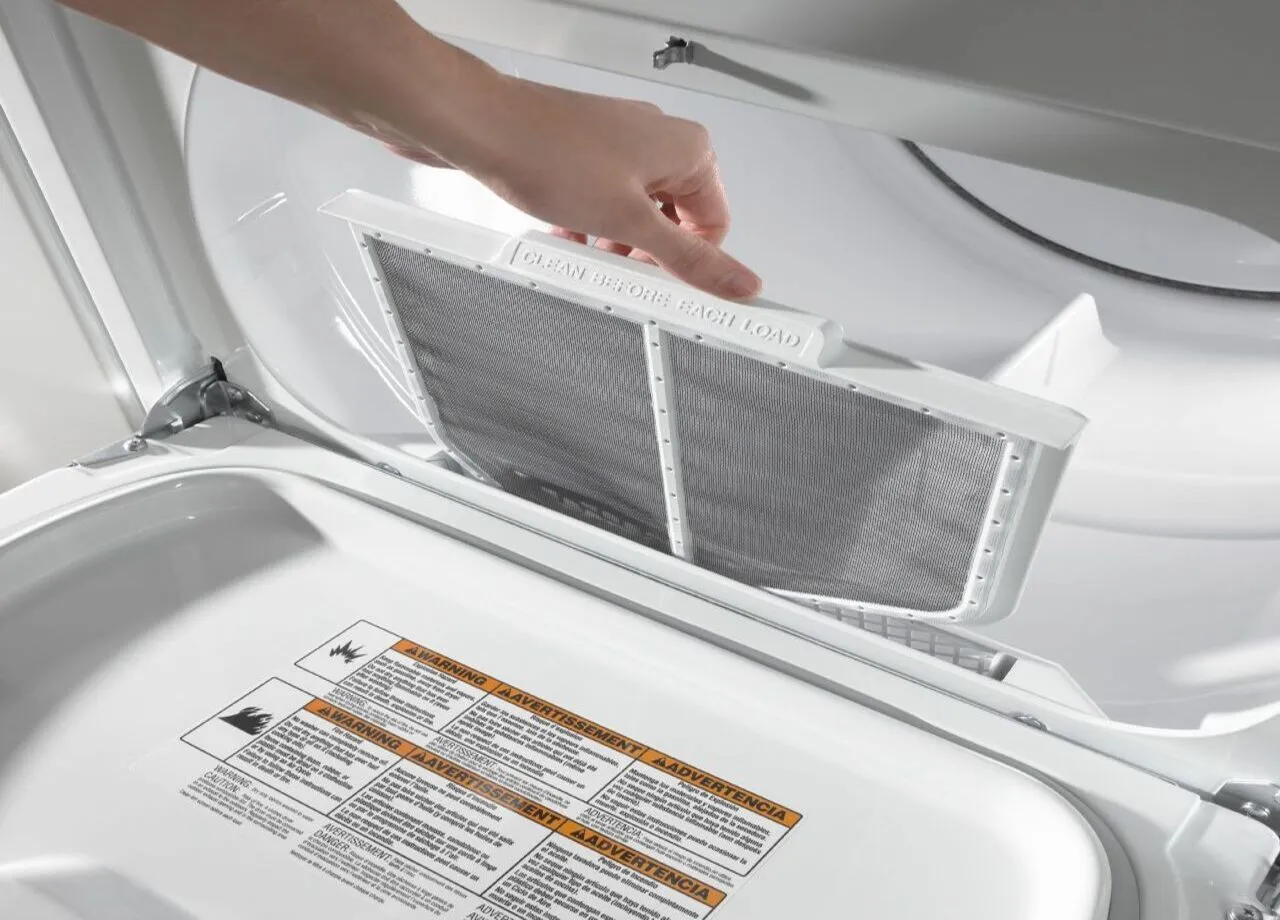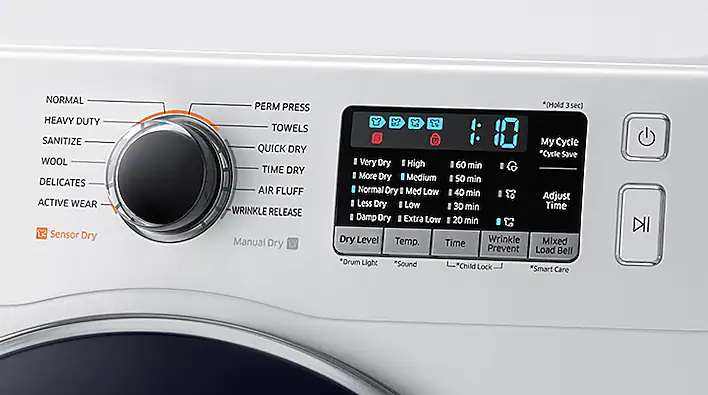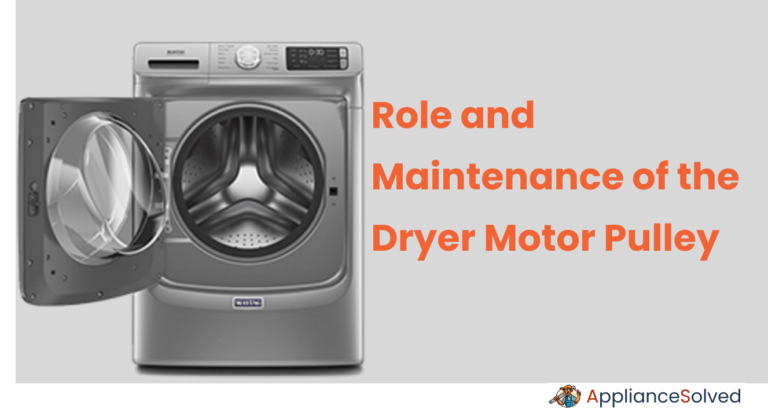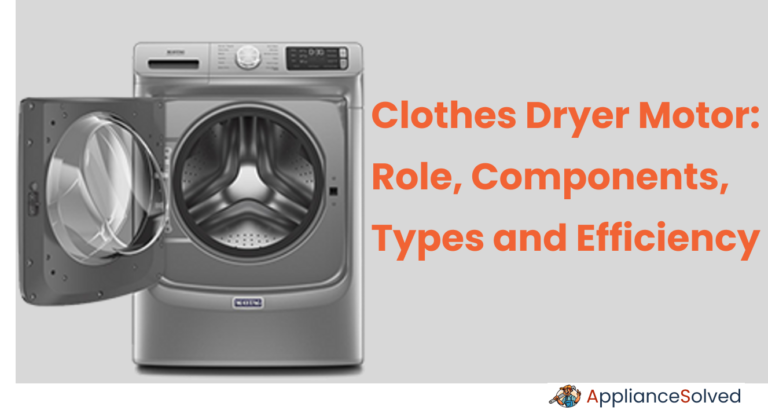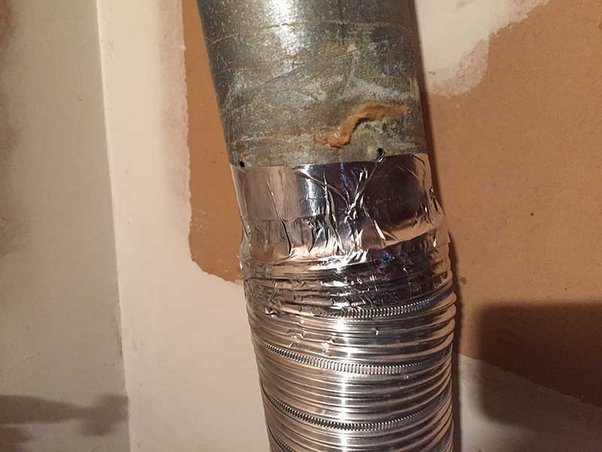Unveiling the Hidden Dangers: A Closer Look at Dryer Lint Traps
Dryer lint traps play a crucial role in maintaining the efficiency and safety of your dryer. These small but often overlooked parts of a dryer are designed to capture lint and prevent it from clogging your dryer vent. In this article, we will explore the importance of dryer lint traps, their maintenance, and how they contribute to the overall performance of your dryer.
Why are Dryer Lint Traps Important?
Dryer lint traps serve as the frontline defense against lint build-up in your dryer vent system. When you dry your clothes, small fibers and debris are released from the fabrics and accumulate as lint. Without a functioning lint trap, this lint can easily find its way into the dryer vent, leading to various issues.
Excessive lint accumulation can obstruct proper airflow, causing your dryer to work harder and longer to dry your clothes. This not only increases energy consumption but also shortens the lifespan of your dryer. Moreover, blocked vents can pose a fire hazard by trapping heat and creating a highly flammable environment. By regularly cleaning and maintaining the lint trap, you can mitigate these risks and ensure optimal performance.
Proper Maintenance for Dryer Lint Traps
To maintain the efficiency and safety of your dryer, it is crucial to clean and maintain the lint trap regularly. Here are some essential tips to keep in mind:
Cleaning Frequency
Cleaning your lint trap after every drying cycle is highly recommended. This ensures that lint does not accumulate and clog the trap, allowing for optimal airflow and efficient drying. Neglecting regular cleaning may lead to reduced drying performance and potential fire hazards.
Steps to Clean the Lint Trap
1. Locate the lint trap: Before each cycle, familiarize yourself with the location of the lint trap in your specific dryer model. Most lint traps are found near the dryer door switch or on top of the dryer.
2. Remove lint: After each drying cycle, open the lint trap access and remove any visible lint. You can use your fingers or a soft brush to gently dislodge stubborn lint.
3. Thorough cleaning: Periodically, it is important to perform a more comprehensive cleaning. Start by unplugging the dryer and removing the lint trap. Rinse it with warm water and a mild detergent to eliminate any residue. Allow it to dry completely before reinserting it into the dryer.
4. Vent and exhaust cleaning: Additionally, consider cleaning your dryer vent and exhaust regularly. Hiring a professional or utilizing specialized cleaning tools can effectively remove accumulated lint from these areas. This ensures proper airflow, preventing potential hazards.

FAQs about Dryer Lint Traps
Why is my lint trap not capturing enough lint?
If you find that your lint trap is not collecting enough lint, it may indicate that it is time for a thorough cleaning. Over time, lint can accumulate in the trap, obstructing its functionality. By following the cleaning steps mentioned above, you can restore its efficiency and maintain optimal performance.
Can I use my dryer without a lint trap?
No! Using a dryer without a lint trap is extremely dangerous and should never be attempted. Without a lint trap, lint will accumulate in the dryer vent system, significantly increasing the risk of fire. Always ensure that you have a functioning lint trap properly installed in your dryer before using it.
How often should I clean my dryer vent?
Cleaning your dryer vent is essential to prevent lint build-up and maximize efficiency. It is recommended to clean the vent at least once a year, but the frequency may vary depending on usage. If you notice longer drying times, excessive heat, or a burning smell, it may indicate the need for immediate vent cleaning.
What are the signs of a clogged dryer vent?
A clogged dryer vent can manifest in several ways. Look out for the following signs:
– Clothes taking longer to dry than usual
– Damp or extremely hot clothing after a drying cycle
– Accumulation of lint around the dryer, particularly near the vent
– A burning smell coming from the dryer
– Excessive heat in the laundry room during operation
If you notice any of these signs, it is important to address the issue promptly by cleaning the vent and inspecting the lint trap.
Can I repair a damaged lint trap?
In some cases, lint traps may become damaged due to wear and tear or accidents. If you discover any cracks or defects in your lint trap, it is best to replace it immediately. Operating with a damaged lint trap compromises its functionality and can increase the risk of lint escaping into the vent system.
Are there any alternative options to traditional lint traps?
Yes, there are alternative options available that can supplement or replace traditional lint traps. Dryer lint filters, lint catchers for the washing machine discharge hose, and lint traps for the dryer exhaust vent are some examples. These additional measures can help capture lint and prevent it from entering the dryer vent system, providing an extra layer of protection.
Conclusion
Maintaining dryer lint traps is paramount to ensure optimal dryer performance and reduce the risk of fire hazards. By regularly cleaning and inspecting these vital components, you can effectively capture lint, prevent clogging, and enhance the efficiency and safety of your dryer. Remember to prioritize the timely maintenance of your lint traps to keep your dryer running smoothly for years to come.

